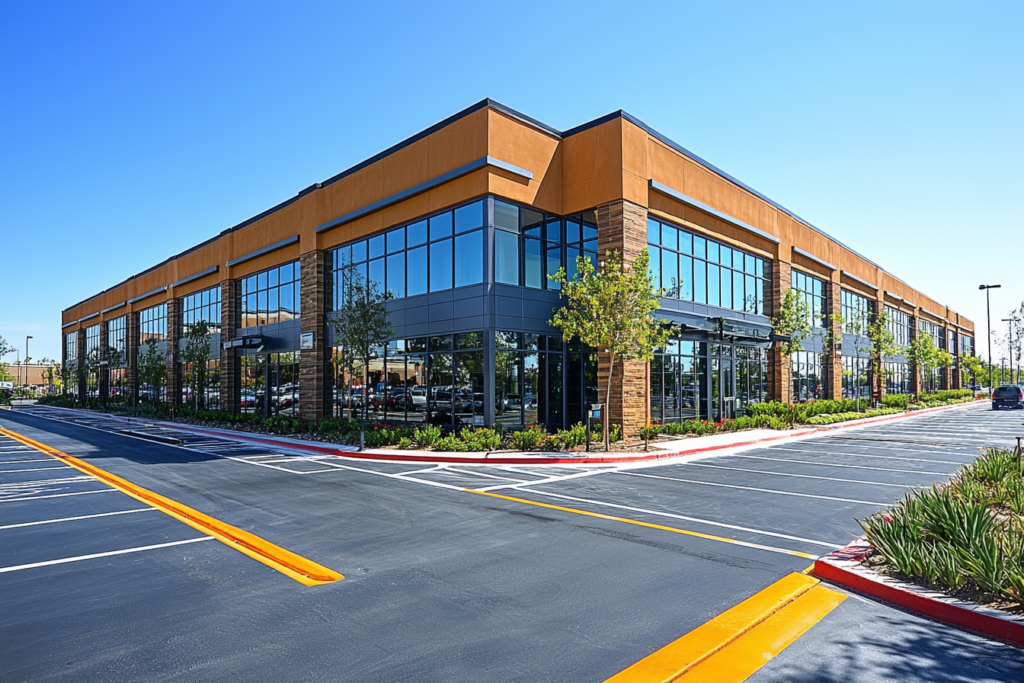In today’s economic landscape, commercial real estate (CRE) investors face various challenges—from higher for longer interest rates to inflationary pressures and potential regulatory changes. These uncertainties require a careful, adaptable approach to investment strategies. As highlighted in the panel discussion – Commercial Real Estate Market Outlook: Strategic Investment Planning Amid Economic Shifts hosted by Tempo Family of Funds and Syndications, experienced real estate professionals are adopting creative strategies to not only survive but thrive in this fluctuating environment.
According to Chris Miles of Money Ripples, who has over two decades of experience in real estate investing, the key to navigating uncertainty is having the right perspective. “What we’ve been looking at, and even about recession—whether it’s called a recession or not—there’s no doubt things have been slowing down,” Miles said. His strategy revolves around focusing on underappreciated opportunities in areas that saw the biggest growth during economic booms. “The bigger the party, the bigger the hangover,” Miles remarked, advising investors to look for the places that saw the most speculative growth during economic highs and reconsider their sustainability as markets contract.
Focus on Local Market Dynamics
The panel also emphasized the importance of understanding local market dynamics over broader macroeconomic trends. As Rob Levy, Managing Partner at LBX Investments, pointed out, real estate is inherently local. “You can make money in good markets and bad markets,” Levy said. He argued that while national trends like changing interest rates are important, investors should zero in on local supply and demand factors. “We look at demographic shifts, population growth, income, and education levels,” Levy said, adding that retail, a sector he has focused on, continues to offer strong opportunities despite its prior misperception as a “dying” market.
This sentiment was emphasized by Jake Vander Slice, co-founder of Van West Partners, who pointed out operational efficiencies in specific real estate segments like self-storage. “The acquisition opportunities we are seeing are the result of a lack of market efficiency or unsophisticated operators,” Vander Slice said. For him, the key to navigating uncertain times is finding value in properties where poor management or undercapitalization by the seller creates opportunities for turnaround investments.
The Role of Interest Rates
Interest rates remain a central concern for many CRE investors. “Higher interest rates present challenges, but they also create opportunities for the well-prepared,” said Mike Zlotnik, CEO of Tempo Family of Funds and Syndications. Zlotnik has observed that higher rates are a double-edged sword: they reduce competition for deals but also make financing more expensive. “The interest rate cuts are going to come, it’s just a question of how fast and how much. For commercial real estate, this will be good news—just a question of timing,” Zlotnik added, noting that rate cuts could unlock opportunities for refinancing and acquisitions.
Despite this, Zlotnik encourages investors to stay disciplined. “The biggest risk is over-leveraging in this environment. We’ve been high for too long, and now things are softening. Investors need to remain patient and not chase deals that don’t meet their financial criteria.”
Data-Driven Decision Making
The panel agreed that data-driven decision-making is critical in today’s uncertain climate. For example, Miles mentioned watching the yield curve and other economic indicators closely. “I’ve been tracking the yield curve for several years now—it got boring for a while, but now things are getting interesting,” Miles joked, diving into why these economic signals are so important for real estate investors to understand. By keeping an eye on indicators like the M2 money supply and employment numbers, investors can better predict potential downturns or market corrections.
On the other hand, Neil Wahlgren from MAG Capital emphasized the importance of internal data—particularly within sectors like industrial real estate. “We’re seeing some of the best buying opportunities in the last decade,” Wahlgren said, explaining how rising cap rates in industrial properties have created value buys for those willing to take a long-term view. “We were not competitive when interest rates were low, but the shift has created windows of opportunity.”
Diversification as a Barrier Against Uncertainty
Another strategy to combat uncertainty is diversification across asset types and regions. Paul Moore, co-founder of Wellings Capital, stressed that diversification is one of the few effective hedges in an unpredictable market. “We invest in everything from self-storage to mobile home parks to multifamily,” Moore said, explaining that by spreading investments across various real estate sectors, investors can balance risk while positioning themselves to take advantage of sector-specific growth.
Even with diversification, Moore advises a cautious approach. “Preferred equity is a lower-risk way to capture returns, but with lower upside,” Moore explained. “When you’re looking at cash flows between 7% to 10% with some upside, it offers stability in a market where many investors are risk-off.”
Conclusion
The message from the experts is clear: navigating market uncertainty in commercial real estate requires a combination of local market knowledge, strategic patience, and adaptability. By focusing on operational efficiencies, leveraging data, and maintaining discipline in the face of fluctuating interest rates, investors can find opportunities where others might see only risk. As Mike Zlotnik summarized, “There’s good real estate in up markets and down markets—the key is being smart enough to know the difference and disciplined enough to act when the time is right.”
By incorporating these strategies, CRE investors can survive the current economic environment and be in a position to thrive as markets stabilize.

